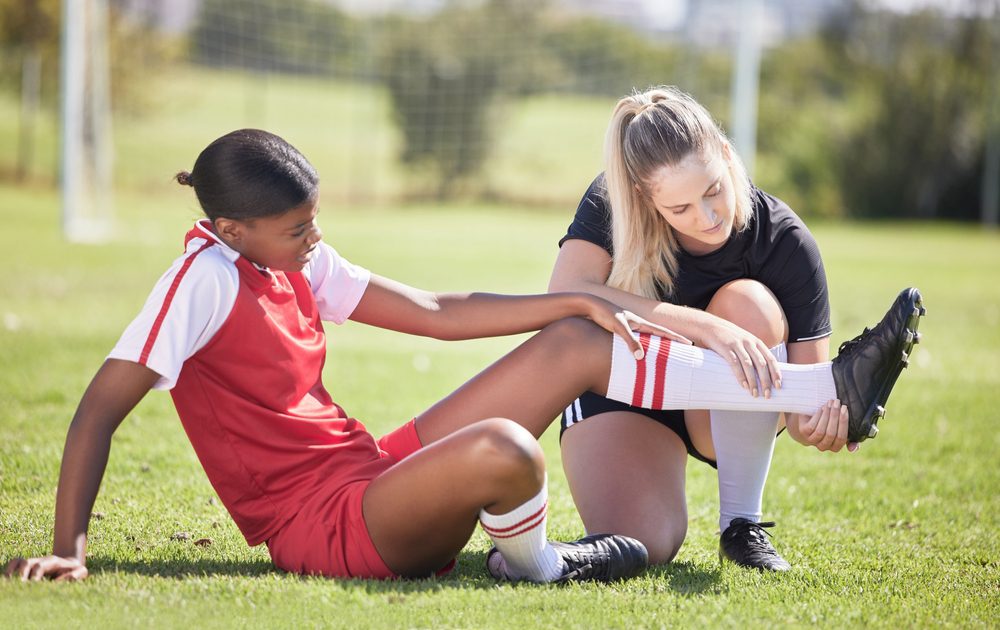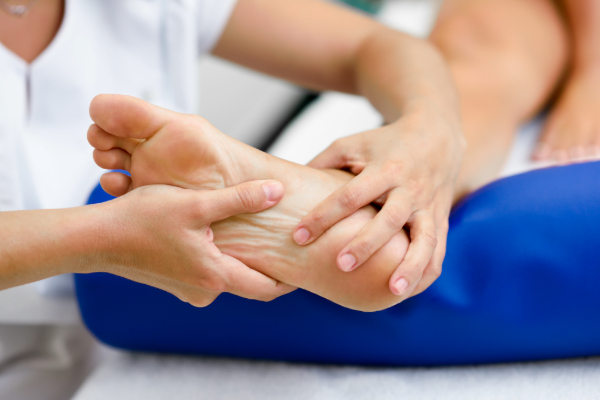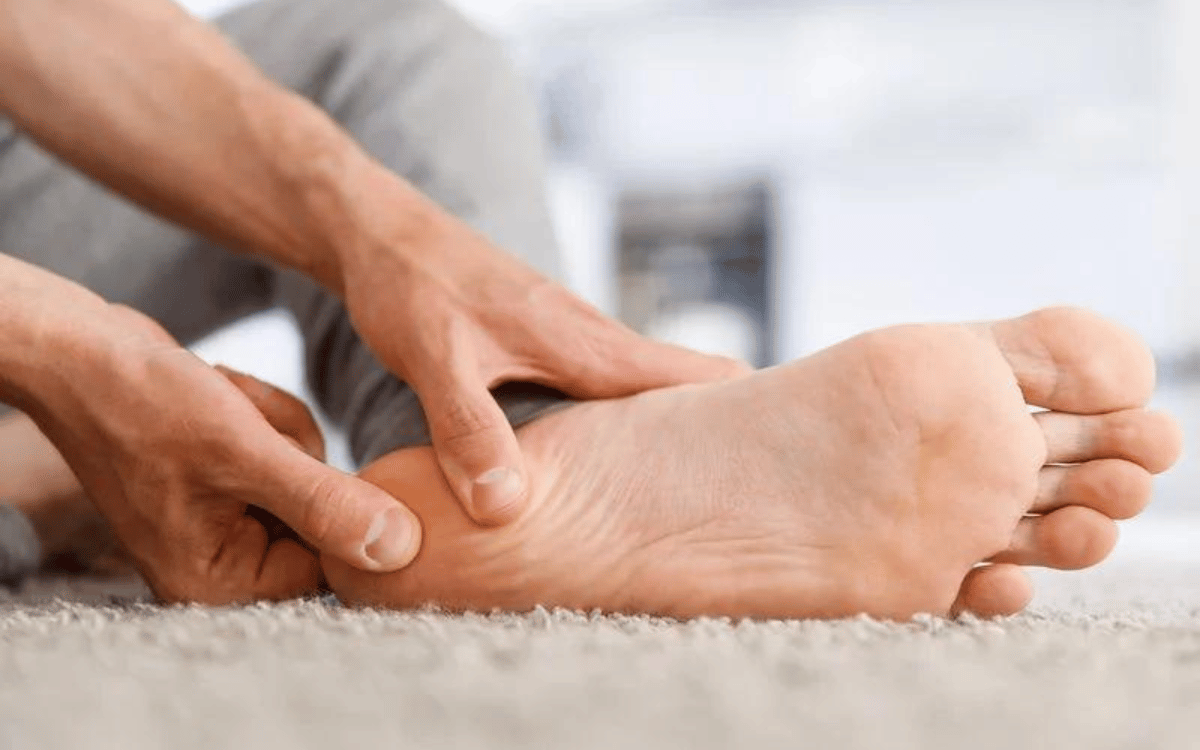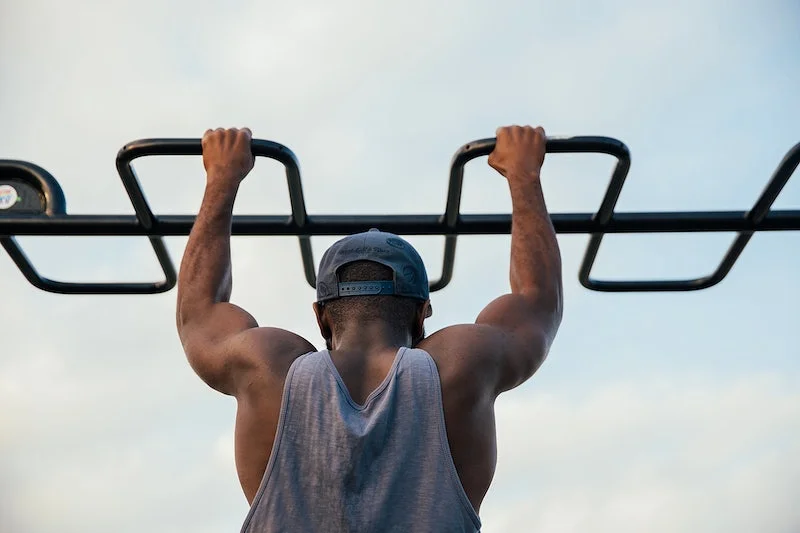
Podiatrists diagnose and treat foot and ankle conditions, and they work with athletes across many sports. Their scope includes bones, joints, muscles, tendons, ligaments, and the nerves that support movement. In practice, they assess training loads, footwear, and biomechanics to track the source of pain or dysfunction. You get a clear view of what is happening, why it started, and what steps move you forward. While every case differs, the focus stays on objective findings, measured progress, and safe return-to-play decisions.
Accurate Diagnosis
A thorough history may be gathered at the exam, linking symptoms to timelines, surfaces, and training spikes. The podiatrist might perform targeted tests, such as palpation mapping, range-of-motion checks, strength comparisons, and hop or balance assessments. These findings guide imaging when red flags or unclear patterns appear. Because multiple structures can overlap in the foot and ankle, the process maps pain to a specific tissue while identifying contributing factors, such as calf tightness or limited big-toe extension. With a working diagnosis in place, you may receive a clear plan, staged by load tolerance and objective criteria.
Orthotics & Immobilization
Orthotic devices are designed to improve load distribution. Custom options use foot scans and gait data, while prefabricated inserts address patterns. Posting alters rearfoot motion; forefoot wedges shift pressure; top covers adjust friction and comfort. Immobilization limits movement to protect healing tissue. A walking boot reduces strain on the Achilles or plantar fascia, while taping offers short-term control during transitions. Progression matters, so offloading gives way to guided loading, and each step is matched to pain levels, swelling, and function. The goal is to achieve stable mechanics during everyday tasks before sport-specific impact resumes.
Shockwave Therapy
Extracorporeal shockwave therapy delivers acoustic pulses to target points in tissues and can be applied in brief sessions at measured energy levels. Protocols vary by diagnosis and may run weekly for several visits, with load management implemented in parallel to prevent spikes that can irritate healing tissue. After each session, athletes track soreness, stiffness, and activity tolerance to calibrate training. The therapy fits into a broader plan rather than existing in isolation.
Medications & Injections
Oral options from podiatrists include acetaminophen for pain and nonsteroidal anti-inflammatory drugs for short courses, and dosing aligns with current guidelines and medical history. In some instances, injections enter the plan:
- Corticosteroid injections aim to reduce inflammatory responses in bursae or tendon sheaths, with site selection and dosage tailored to tissue risk.
- Platelet-rich plasma utilizes a patient’s blood product and is typically prepared and injected under guidance to target specific areas.
Ultrasound guidance improves placement accuracy, and post-injection activity follows a ramp that protects the site. Each choice weighs sport timelines, tissue involved, and prior response to treatment. Documentation of pain scales, function tests, and metrics supports each decision.
Get Help From Podiatrists
If foot or ankle pain limits training, prompt evaluation narrows the options, protects against guesswork, and sets clear next steps. Bring your running shoes or cleats, a training log, and any prior imaging. Ask about diagnosis, load progressions, footwear changes, and criteria for return to cutting, sprinting, or jumping. To get started, book an appointment with a licensed podiatrist, share your sport goals, and request a structured plan with objective milestones. Take the first step today by scheduling an assessment.





